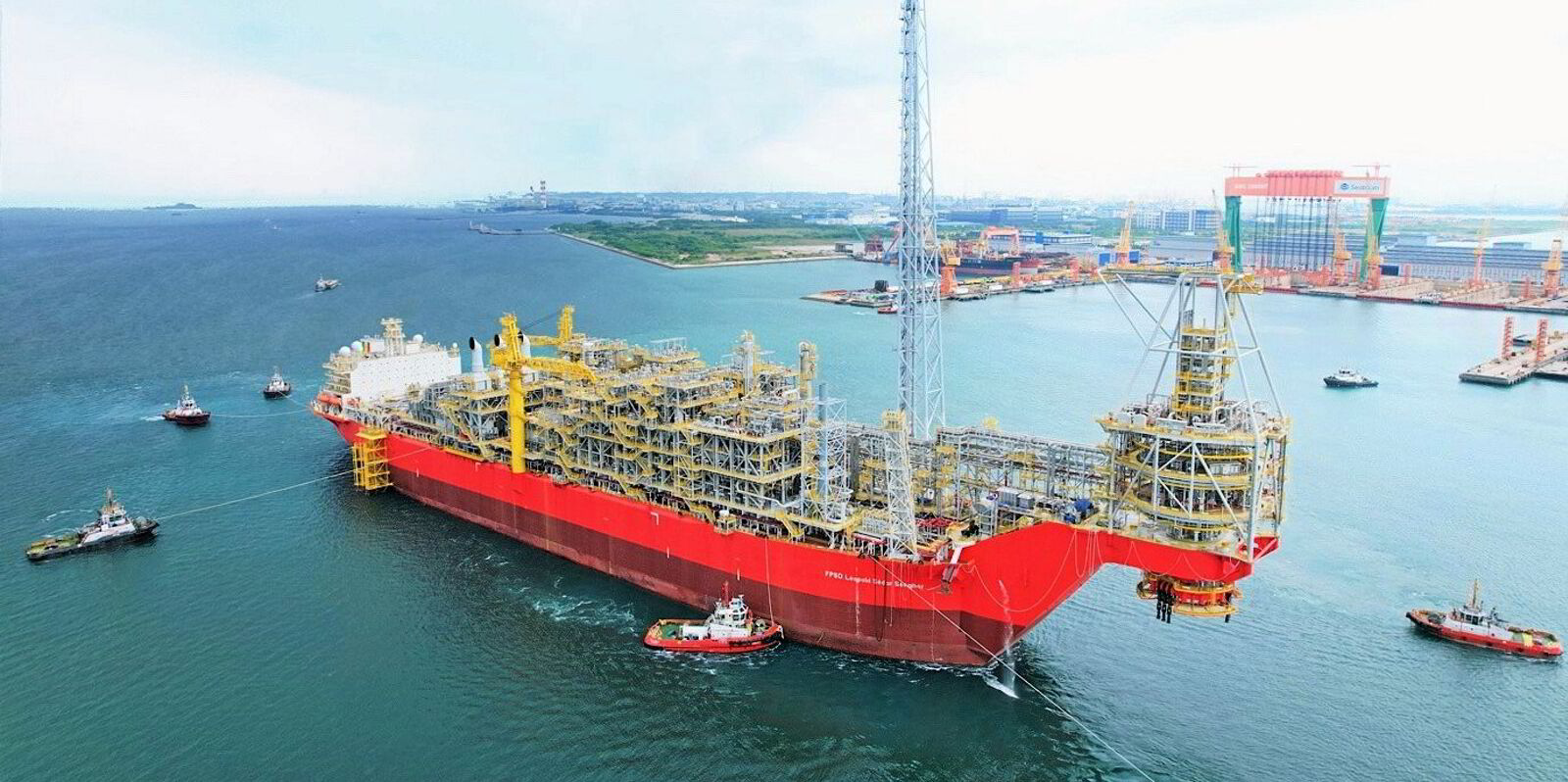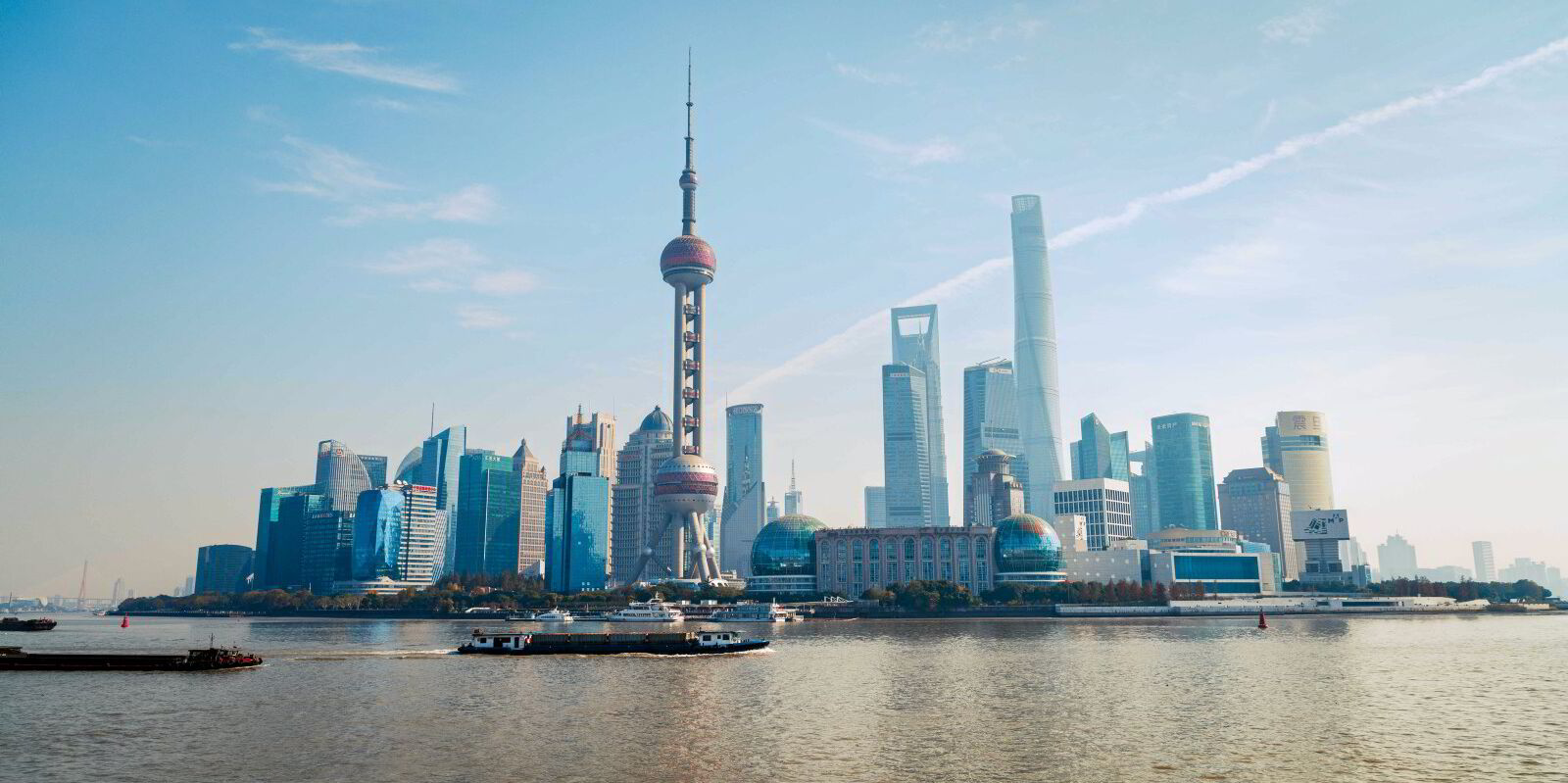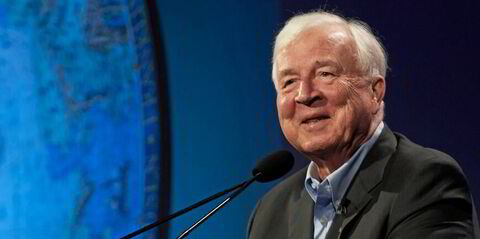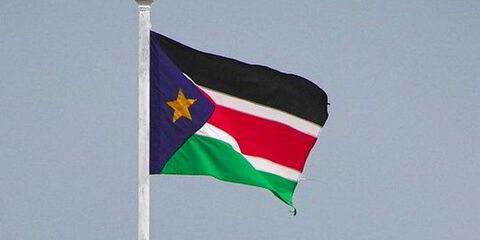A second tanker has been fixed to lift Senegal crude as the African country prepares to ramp up exports.
Senegal successfully produced its first oil only last month from the Sangomar field.
Australian field operator Woodside Energy sold two July-loading cargoes of Sangomar crude to Shell through a tender in early June.
Vessel-tracking data shows the 158,000-dwt suezmax Goldway (built 2016), owned by Idan Ofer’s Eastern Pacific Shipping, was underway to Dakar to lift only the second-ever export barrels.
The Liberia-flagged tanker left Rotterdam on 1 July.
It is expected to arrive in Senegal on 11 July.
The exports will add to tanker demand from West Africa, although destinations for the oil cargoes have not yet been revealed.
Eastern Pacific has been contacted for comment, while Shell has not commented.
Oil analysts at Kpler said: “We project that oil production will ramp up to 80,000 barrels per day next year as the Sangomar phase 1 project progresses toward its nameplate capacity of 100,000 bpd by 2026.”
This would position Senegal as the eleventh largest oil producer in Africa.
Further boosts likely
The planned phase 2 development of Sangomar could boost output to 140,000 bpd between 2030 and 2032, after which production is expected to gradually decline, Kpler believes.
Greece’s Maran Tankers loaded the first-ever Senegalese crude cargo earlier this month.
The Angelicoussis Group company’s 159,000-dwt suezmax tanker Maran Poseidon (built 2010) arrived in Dakar on 1 July.
Sangomar crude oil has a 31 API gravity, which is highly sought after in European and Asian markets, Kpler said.
The field uses Modec Offshore’s floating production, storage and offloading vessel Leopold Sedar Senghor (built 2001), which has a storage capacity of 1.3m barrels and is anchored 100 km off the coast.
S&P Global described the Maran Poseidon fixture as a “major milestone” for Senegal, which is spending $5.2bn on the project.
Sangomar also represents additional barrels of non-Opec+ crude hitting the market just as the export group tries to stabilise the sector and boost prices, as output spikes in the Americas.




